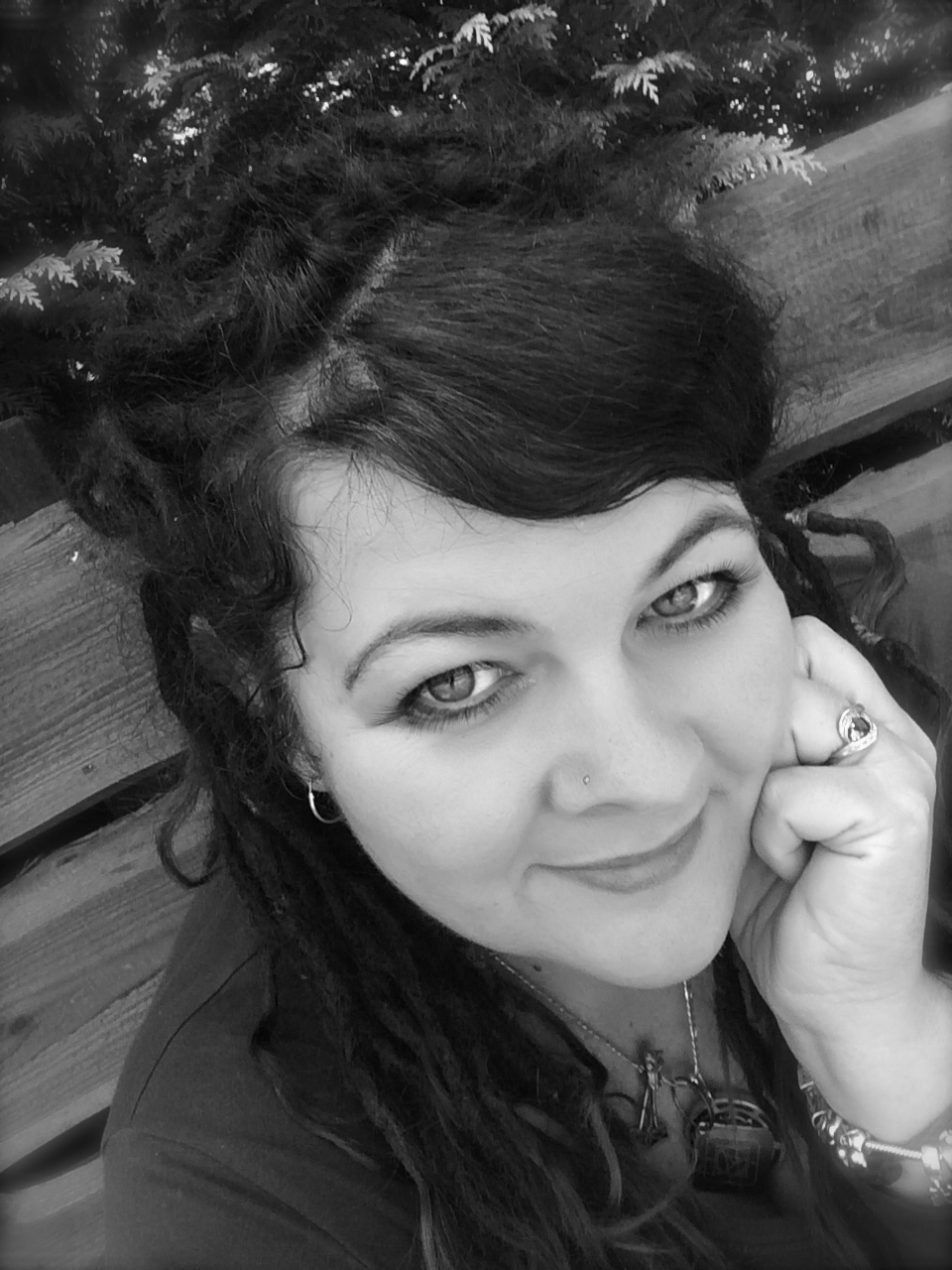There are four major elements when planning either a solid story. You need a lead character and a strong objective, reason or drive for that character. You need a confrontation – often in the form of an opposing force – be it the environment, an inner struggle or a physical person and finally you need an idea of the type of ending you want and how you want your readers to feel or react when they have finished the last page. Its no mistake or coincidence that great plays are written in three acts, that jokes are always told with three parts and that in nature, the strongest structures are built on the foundation of three.
Its enduring because it works. Very briefly –
Act 1 ( beginning) – there is a problem, the character/s react and spend time figuring out how to resolve the problem. Your readers are introduced to the world and many characters. A disturbance occurs and your lead character must react ( either ignoring or rising to the challenge)
Act 2 ( middle)insight into the problem, further struggles or challenges with the problem with renewed insights. A mentor or second strong character is often introduced to assist or highlight lessons.
Act 3 – (End) resolution or problem solved.
In the beginning, your readers are introduced to the lead, their world and you set up the tone for what is to come. A disturbance or series of disturbances happening in the beginning will stave off boring or dull parts. Somewhere before the second act, there must be a point of no return for the lead character – an event or occurrence which forces them to make a decision which ensures that their future cannot be the same as what had just been happening and that there is no turning back.
Moving through to the middle, the lead is thrust into conflict with the opposing force. More description or information for reasons why the lead is compelled to do what they are doing – or explanations of their reaction – adhesion to keep it all together. . Conflict is the heart of fiction – it cased tension and suspense. Without it there is no story, it grows in severity and frequency – toward a point of intolerance where something snaps, conflict occurs, peace is restored and often a new disruption begins a pattern of conflict and disturbance. The risk of death – either physical, professional or psychological being a real possibility for the lead keeps the tension until the conflict is resolved
A setback or a discovery of new information or insight will push the lead through the doorway into the third act where all the elements come into play for the final battle or final scene of the story.
If you are plotting your story using the three acts – don’t go into too much detail to start with as your characters and events they lead you too will open up possibilities you had not thought about until presented. Create a summery of the three acts – what is to be accomplished in each. Within each of these summaries – create a one line summery of possible chapters. Sticky notes or index cards can be handy for this process.
Some writers then choose to delve directly into chapters and begin their first draft with this sketchy outline of their story. Others prefer to expand the chapter lines into short summaries and scenes, noting locations, times and which characters are involved. Neither is incorrect or better than the other – it is a personal choice and sometimes a writer will utilize one less structured approach for one story and a more formal one for another.


Very informative post!
It’s interesting; when I first started writing my novel, I didn’t really plan it in three acts exactly–I’m just now realizing that’s how it’s turning out (I have three distinct parts of the book that will be split up).
My MC also has two major conflicts that have to be resolved–one is an inner conflict with herself; the other is with the “bad guy”.
I’m also one that tends to write rather lengthy chapter summaries, lol. However I’ve found that most of it will change, but the basic concept remains.
LikeLike
Comment by Dara — October 7, 2008 @ 1:04 am |